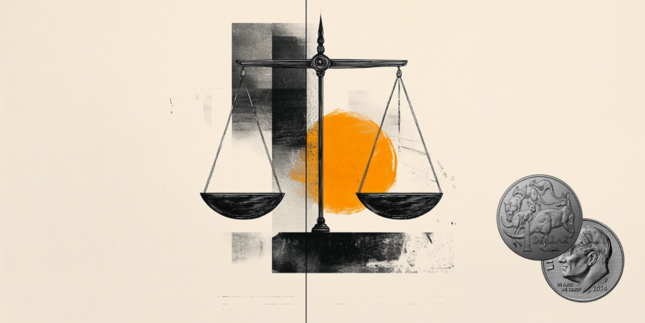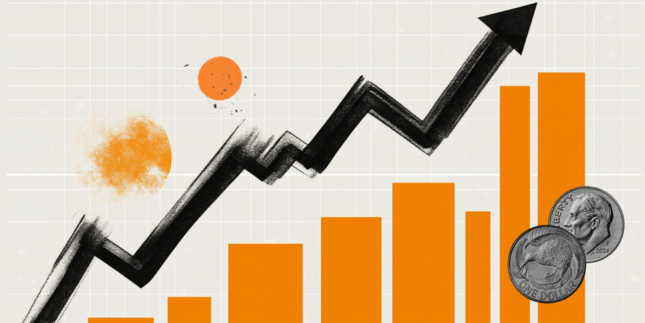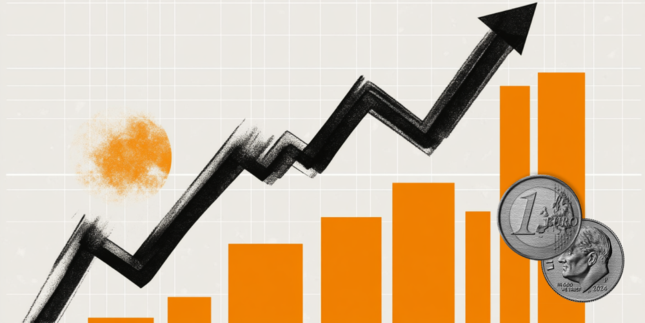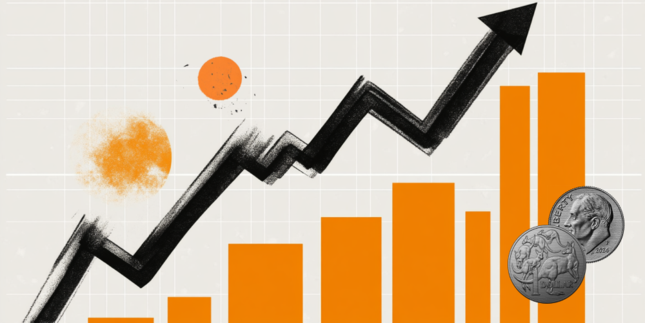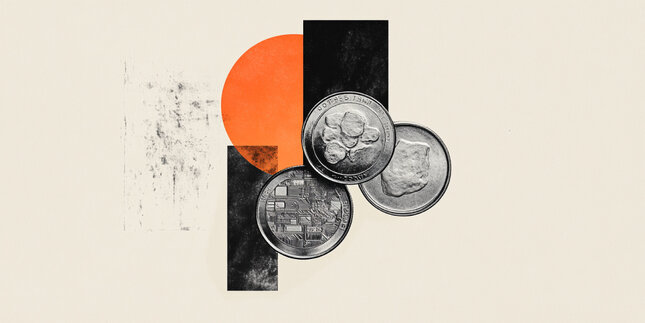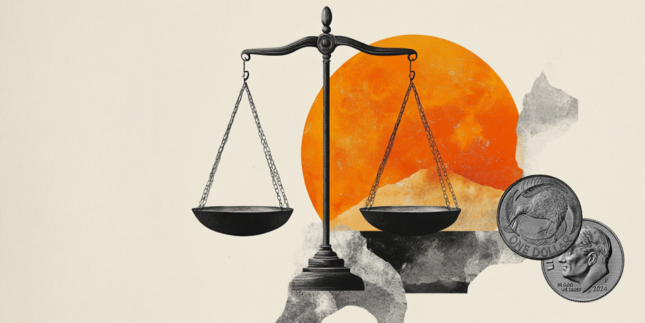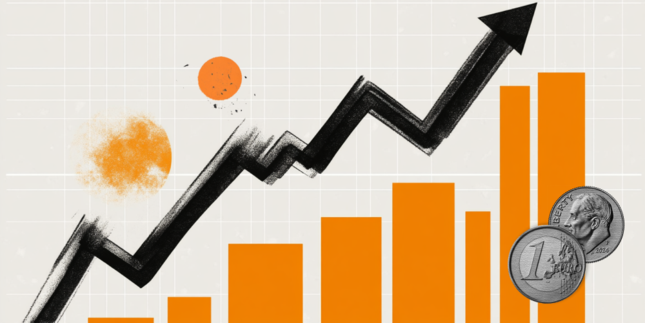US Dollar Index (DXY) touches fresh weekly low around 107.60; downside seems limited
- USD meets with some supply on Thursday and hits a fresh weekly low during the Asian session.
- Hotter US CPI print tempers Fed rate cut bets and should act as a tailwind for the Greenback.
- Worries over Trump's trade tariffs should contribute to limiting losses for the safe-haven buck.
The US Dollar Index (DXY), which tracks the Greenback against a basket of currencies, extends the previous day's retracement slide from over a one-week high and drifts lower through the Asian session on Thursday. The downward trajectory drags the index to a fresh weekly low, around the 107.60 area in the last hour, though the fundamental backdrop warrants caution for bearish traders.
The US Consumer Price Index (CP) released on Wednesday pointed to still stick inflation. Furthermore, Federal Reserve (Fed) Chair Jerome Powell said inflation remains elevated above the 2% target and that the central bank wants to keep monetary policy restrictive. The markets were quick to react and now see just one Fed rate cut by the end of this year. This assisted the yield on the benchmark 10-year US government bond to register its biggest one-day rise since December, which, in turn, should act as a tailwind for the USD.
Apart from this, worries about the potential economic fallout from US President Donald Trump's protectionist policies continue to underpin traditional safe-haven assets and should contribute to limiting the downside for the Greenback. In fact, Trump signed executive orders on Monday to impose 25% tariffs on steel and aluminum imports into the US and also promised broader reciprocal tariffs to match the levies other governments charge on US products. This supports prospects for the emergence of some USD dip-buying.
Market participants now look forward to Thursday's US economic docket, featuring the release of the Producer Price Index (PPI) and the usual Weekly Initial Jobless Claims data later during the North American session. Apart from this, the US bond yields and the broader risk sentiment should provide some impetus to the buck. Nevertheless, the aforementioned fundamental backdrop seems tilted in favor of the USD bulls, suggesting that any subsequent slide might still be seen as a buying opportunity and remain cushioned.
US Dollar FAQs
The US Dollar (USD) is the official currency of the United States of America, and the ‘de facto’ currency of a significant number of other countries where it is found in circulation alongside local notes. It is the most heavily traded currency in the world, accounting for over 88% of all global foreign exchange turnover, or an average of $6.6 trillion in transactions per day, according to data from 2022. Following the second world war, the USD took over from the British Pound as the world’s reserve currency. For most of its history, the US Dollar was backed by Gold, until the Bretton Woods Agreement in 1971 when the Gold Standard went away.
The most important single factor impacting on the value of the US Dollar is monetary policy, which is shaped by the Federal Reserve (Fed). The Fed has two mandates: to achieve price stability (control inflation) and foster full employment. Its primary tool to achieve these two goals is by adjusting interest rates. When prices are rising too quickly and inflation is above the Fed’s 2% target, the Fed will raise rates, which helps the USD value. When inflation falls below 2% or the Unemployment Rate is too high, the Fed may lower interest rates, which weighs on the Greenback.
In extreme situations, the Federal Reserve can also print more Dollars and enact quantitative easing (QE). QE is the process by which the Fed substantially increases the flow of credit in a stuck financial system. It is a non-standard policy measure used when credit has dried up because banks will not lend to each other (out of the fear of counterparty default). It is a last resort when simply lowering interest rates is unlikely to achieve the necessary result. It was the Fed’s weapon of choice to combat the credit crunch that occurred during the Great Financial Crisis in 2008. It involves the Fed printing more Dollars and using them to buy US government bonds predominantly from financial institutions. QE usually leads to a weaker US Dollar.
Quantitative tightening (QT) is the reverse process whereby the Federal Reserve stops buying bonds from financial institutions and does not reinvest the principal from the bonds it holds maturing in new purchases. It is usually positive for the US Dollar.
Tariffs FAQs
Tariffs are customs duties levied on certain merchandise imports or a category of products. Tariffs are designed to help local producers and manufacturers be more competitive in the market by providing a price advantage over similar goods that can be imported. Tariffs are widely used as tools of protectionism, along with trade barriers and import quotas.
Although tariffs and taxes both generate government revenue to fund public goods and services, they have several distinctions. Tariffs are prepaid at the port of entry, while taxes are paid at the time of purchase. Taxes are imposed on individual taxpayers and businesses, while tariffs are paid by importers.
There are two schools of thought among economists regarding the usage of tariffs. While some argue that tariffs are necessary to protect domestic industries and address trade imbalances, others see them as a harmful tool that could potentially drive prices higher over the long term and lead to a damaging trade war by encouraging tit-for-tat tariffs.
During the run-up to the presidential election in November 2024, Donald Trump made it clear that he intends to use tariffs to support the US economy and American producers. In 2024, Mexico, China and Canada accounted for 42% of total US imports. In this period, Mexico stood out as the top exporter with $466.6 billion, according to the US Census Bureau. Hence, Trump wants to focus on these three nations when imposing tariffs. He also plans to use the revenue generated through tariffs to lower personal income taxes.
Forex News
Keep up with the financial markets, know what's happening and what is affecting the markets with our latest market updates. Analyze market movers, trends and build your trading strategies accordingly.





